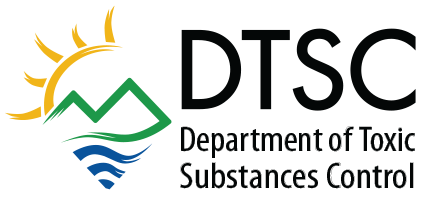Leak check instruments are dependent on what leak check compound is use in the field. Some commonly used liquid leak check compounds are n-propanol, 1,1-difluroethane (1,1-DFA), and pentane. Commonly used gaseous tracer compounds include helium and sulfur hexafluoride. In the field, these compounds can be analyzed by either a mobile laboratory or field instrument. Typically, n-propanol, 1,1-DFA and pentane are evaluated with a mobile laboratory; however, helium and sulfur hexafluoride can be evaluated with hand-held instruments.
When collecting samples in passive stainless steel canisters, leak check compounds can be quantified by the stationary laboratory; however, sample quantification usually occurs after the field crew has demobilized. If the sample contains the leak check compound above the sample rejection criteria, that sample is compromised and resampling can only occur upon remobilization. Accordingly, Section 4.2.2.3 of the ASGI recommends collecting a sample in the field for leak compound screening purposes and analyzing the sample before the field crew demobilizes. Qualitative devices, such as a hand-held photoionization detector (PID), should not be used to determine whether the sampling system has a leak.
The links to sign up for E-Lists are broken because we are switching to a new service. We appreciate your patience and understanding as we go through this change.
Official website of the State of California
-
Hazardous Waste
- Managing Hazardous Waste Home
- Certified Appliance Recycler Program
- Electronic Verification Questionnaire (eVQ)
- Electronic Waste (E-Waste)
- Enforcement and Emergency Response Division
- Facilities (TSDFs)
- Generators
- Hazardous Waste EPA ID Numbers
- Hazardous Waste Manifests
- Hazardous Waste Tracking System (HWTS)
- Household Hazardous Waste
- Metal Recycling
- Office of Criminal Investigations
- Permitting
- Regulatory Assistance Office (RAO)
- Toxics in Products
- Transporters
- Universal Waste
- Violations Scoring Procedure
-
Site Mitigation
- Site Mitigation & Restoration Program Home
- Strategic Plan and Program Enhancement Work Plan
- Brownfields
- CEQA
- Cleanup in Vulnerable Communities Initiative (CVCI)
- Contact Information
- Human & Ecological Risk Assessment
- Loans and Grants
- Schools Cleanup
- Selected Cleanup Sites
- State Superfund Program
- Vapor Intrusion
-
Safer Consumer Products
- About Safer Consumer Products (SCP)
- CalSAFER
- Candidate Chemicals
- Priority Products Work Plan
- Priority Products
- Alternatives Analysis
- Regulatory Response
- Information Call-In
- SCP Regulations
- Workshops & Events
- Green Ribbon Science Panel
- Healthy Nail Salon Recognition Program
- Limiting Copper in Brake Pads
- Partner Recognition List
- Failure to Comply List
- SCP Timeline
- Chemistry
- Get Involved
- Laws & Regulations
- About DTSC
